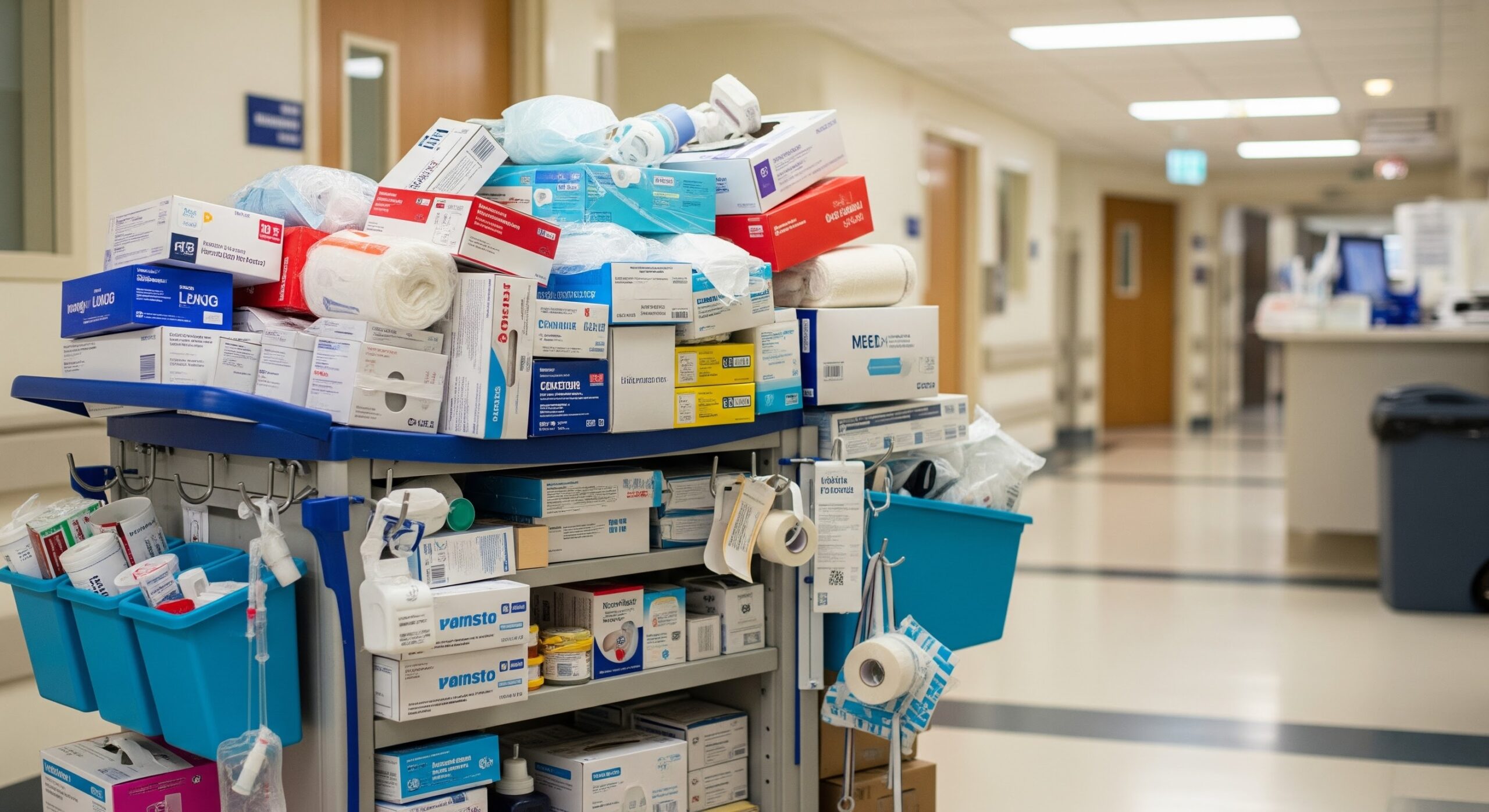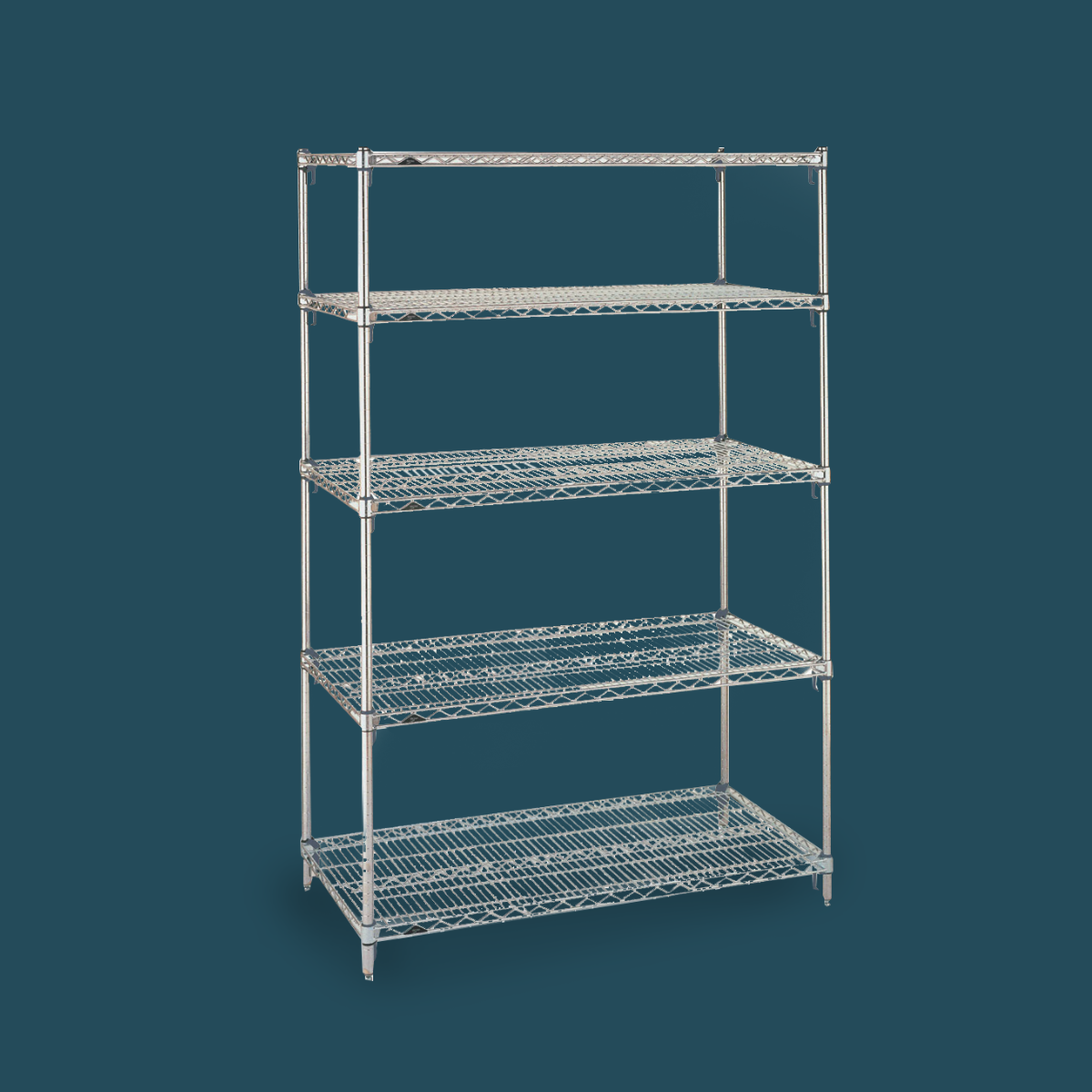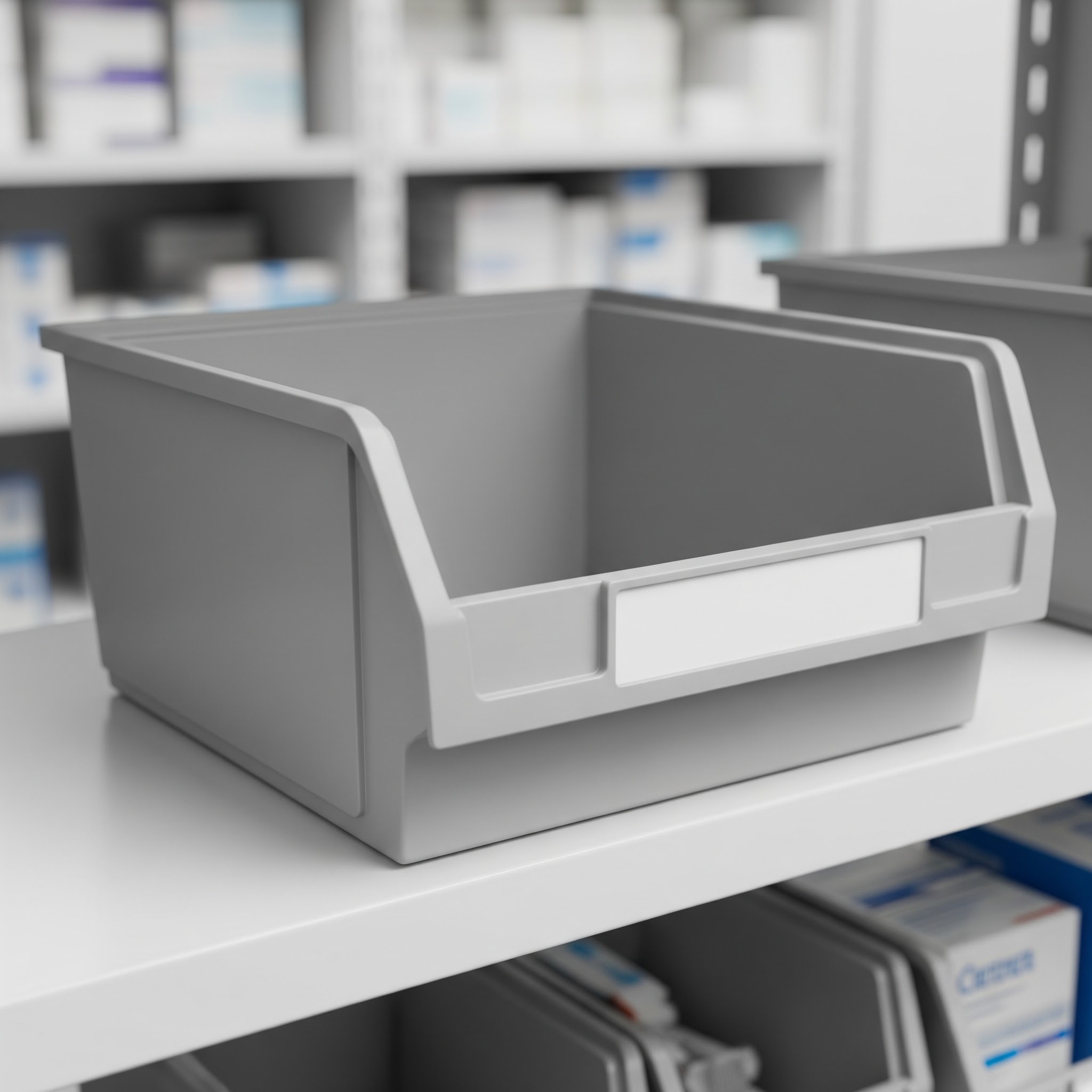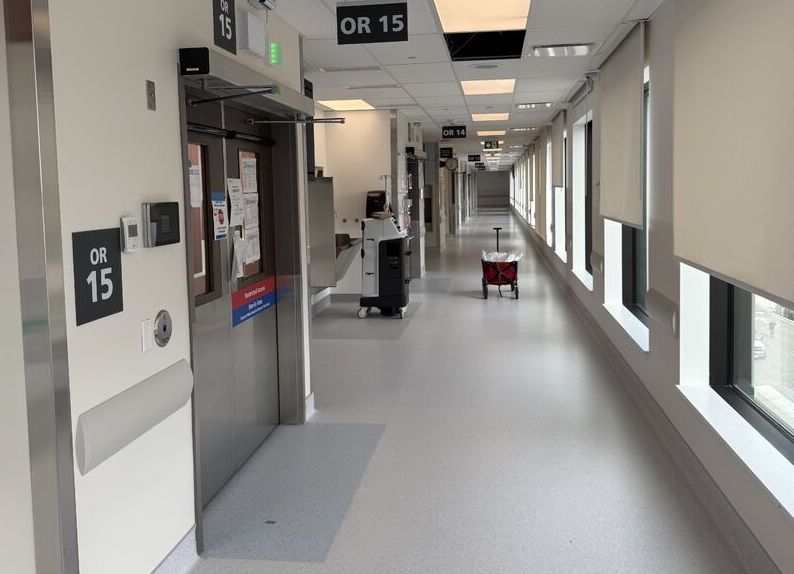In healthcare supply management, a cart is more than just a cart. It’s the frontline tool that determines whether the right supplies get to the right people at the right time. But what happens when that cart is overloaded? The answer is: efficiency drops, costs rise, and patient care can be indirectly affected. Let’s break it down.
Expired and Outdated Products
When carts are overloaded, supplies aren’t rotated properly. That means products at the back of the cart sit unused while newer items get loaded on top. Eventually, those forgotten supplies pass their expiration date and need to be tossed. What started as “just one extra box” ends with waste, avoidable cost, and less availability when you truly need it.
Overstocking = Waste on the Floor
An overloaded cart is less stable. Supplies can topple off during stocking or transport, landing on the floor. In healthcare, any item that hits the floor, especially sterile supplies, must be discarded. That turns overstocking into unnecessary waste, all from simply not keeping the cart within its limits.
Decreased Efficiency
An overstuffed cart doesn’t just create supply risks, it slows everyone down. When things are piled on top of each other, it takes longer to restock, longer to retrieve, and longer to get what you need in fast-moving moments. Multiply those seconds across dozens of carts and hundreds of staff interactions, and the inefficiencies compound quickly.
The Right Way to Store Supplies
Not all supplies are created equal, and neither should their storage be. Proper cart setup makes a world of difference:
Small items should be kept in containers or shelf bins. Wire racks without them are a recipe for supplies slipping through or hiding where no one can find them.
Liquid supplies need marine edges or lips on shelving to prevent leaks or bottles from rolling off.
Heavy or bulk items should be stored low and securely, so the cart maintains balance and safety.
The Bottom Line
How you stock a cart matters just as much as what you stock in it. Overloading might feel like a quick solution in the moment, but it leads to expired products, wasted supplies, inefficiency, and unsafe working conditions. With the right storage systems and rotation practices, each cart becomes a reliable extension of your supply chain, supporting your staff and, ultimately, your patients.



